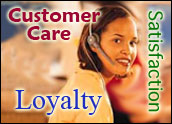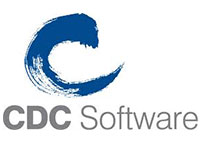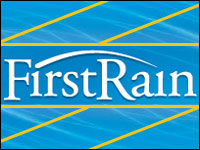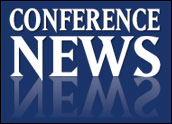
Half of U.S. companies plan to invest more on IT resources in 2012 than in 2011, according to Nucleus Research. In fact, 10 percent of the companies surveyed were planning an increase of 10 percent or greater; only one out of 10 planned to decrease spending next year.
“Our survey shows that companies view technology investments as a means to drive efficiencies and make existing employees more productive,” Rebecca Wettemann, vice president of research at Nucleus, told CRM Buyer.
Key areas for that investment include CRM, integration, business intelligence and analytics, and workforce management.
“While the applications vary a lot by industry and by size of organization, one thing we noted with CRM is that you can bolt it on to improve your top line and reduce your bottom line,” Wettemann said.
“Not only does investment in CRM help makes sales more effective and companies more profitable; it can also reduce administrative, sales/advertising, marketing and support costs.”
Integration around customer service and support particularly is important, while sales force automation is proving to deliver significant productivity gains, she said. “By layering on social/mobile and other capabilities, integration is either making it more usable or improving ways specific teams work.”
Putting Numbers to In-Home Service Performance
Ninety-two percent of executives from around the globe are working to develop a more customer-centric culture in their respective companies, according to an Economist Intelligence Unit study.
Nearly all 125 executives surveyed (93 percent) said their companies were initiating changes to keep up with the new business climate and rising customer demand. Eighty percent agreed that customers expect service times to be highly specified within a narrow range.
The study was commissioned by TOA Technologies, an on-demand provider of enterprise-class mobile workforce management and customer experience management software solutions.
The right mobile workforce management tools for in-home service providers (e.g. cable, utility, retail delivery, etc.) can take everything into account to get the right workers on the right job at the right time, Richard Chinitz, director of marketing for TOA, told CRM Buyer.
“Throughout the day, a system can track where they are, manage the check-in process and everything else that they need to get the job done — including inventory, dispatch and reporting,” he said.
Predictive tools also enable companies to estimate finish times based on the worker’s experience, as well as optimum routing. Time windows can potentially be reduced to as much as one hour with 96 percent accuracy, said Chinitz. “The way we look at it, this is one step beyond the call center to look at the value of the face-to-face connection part of customer service.”
Thirty percent of calls relating to appointments are ‘where’s my technician’ inquiries, he noted. “That can be cut by at least 50 percent. If you consider that each call costs US$8 to $10, an enterprise doing 1 million appointments a year may generate up to $3 million in non-value added call expenses.
Monitoring Retail Performance
SalesFloorLIVE.com has entered an agreement with SenSource aimed at improving retail customer service and profitability. The agreement combines the SenSource people-counting technology systems with the SalesFloorLIVE business intelligence software to deliver real-time visibility into traffic opportunities, and store productivity and profitability operations.
This new capability will allow retailers to track what is happening in stores in real-time. The metrics can then be used to improve margins, increase employee productivity and generate more sales.
Software capabilities and benefits include real-time management, tracking and performance measurements contained in business intelligence metrics such as customer value (CV), service intensity (SI) and sales per hour (SPH).
“The biggest beneficiary of these analytics is probably the sales and operations staff,” Scott Roller, CEO of SalesFloorLIVE, told CRM Buyer.
“They can see the amount of foot traffic by the hour [and determine] if stores are staffed appropriately,” he said.
They can evaluate their performance and identify opportunities, Roller added.
“Once you can begin focusing on the opportunity of people walking into your store, you can drive your customer value, or per person spend, up,” he noted. “We’ve seen as much as a three-to-four-dollar increase in customer value. If you have 20 million customers a year, that’s a lot of money.”





















































